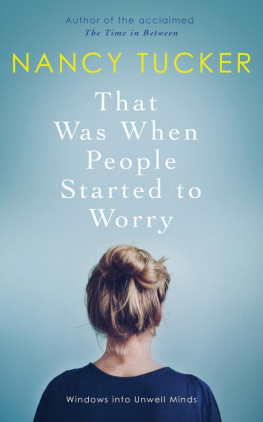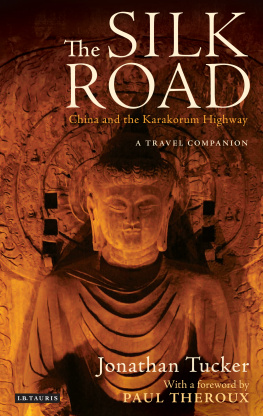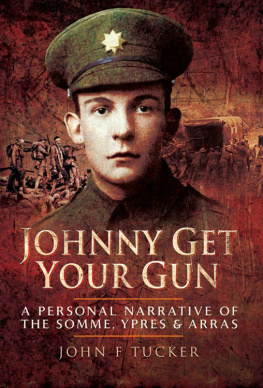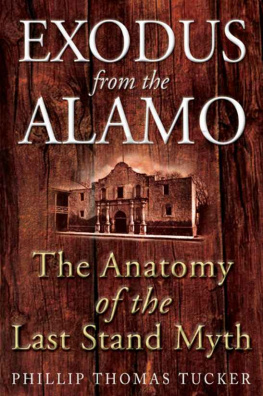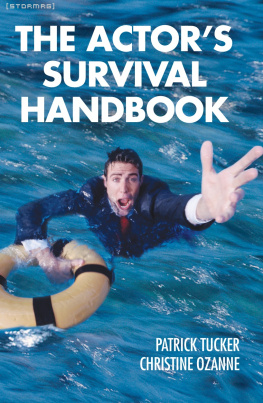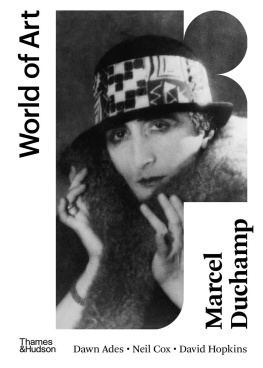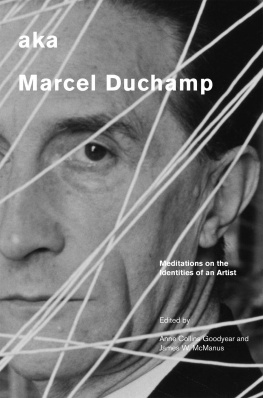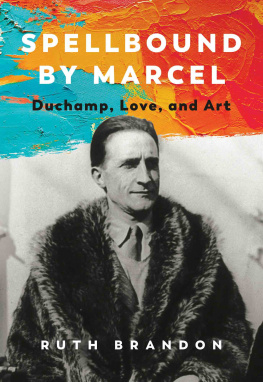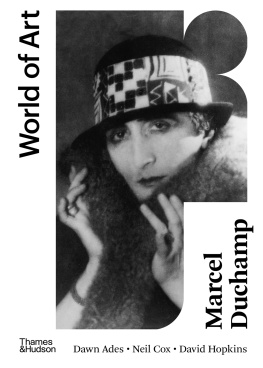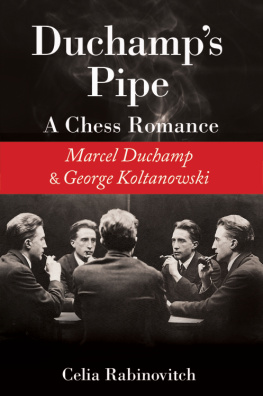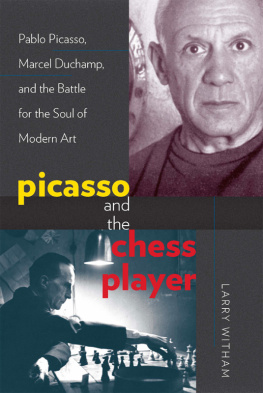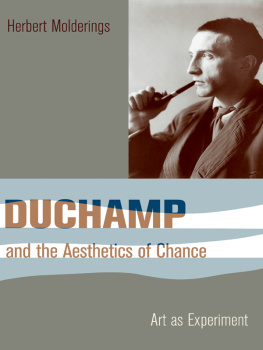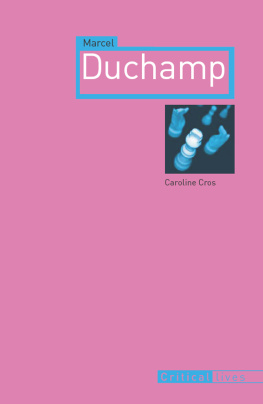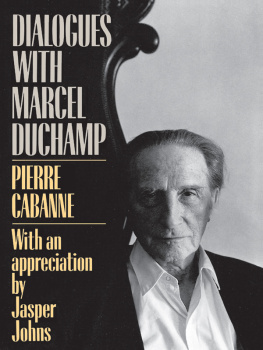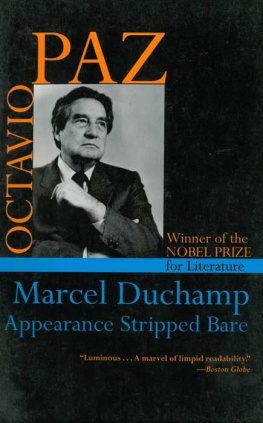Tucker - IRRESPONSIBLE MEDIUMS: the chess games of marcel duchamp
Here you can read online Tucker - IRRESPONSIBLE MEDIUMS: the chess games of marcel duchamp full text of the book (entire story) in english for free. Download pdf and epub, get meaning, cover and reviews about this ebook. year: 2017, publisher: BookThug;SMALL Press DISTRIBUTION, genre: Detective and thriller. Description of the work, (preface) as well as reviews are available. Best literature library LitArk.com created for fans of good reading and offers a wide selection of genres:
Romance novel
Science fiction
Adventure
Detective
Science
History
Home and family
Prose
Art
Politics
Computer
Non-fiction
Religion
Business
Children
Humor
Choose a favorite category and find really read worthwhile books. Enjoy immersion in the world of imagination, feel the emotions of the characters or learn something new for yourself, make an fascinating discovery.

- Book:IRRESPONSIBLE MEDIUMS: the chess games of marcel duchamp
- Author:
- Publisher:BookThug;SMALL Press DISTRIBUTION
- Genre:
- Year:2017
- Rating:5 / 5
- Favourites:Add to favourites
- Your mark:
- 100
- 1
- 2
- 3
- 4
- 5
IRRESPONSIBLE MEDIUMS: the chess games of marcel duchamp: summary, description and annotation
We offer to read an annotation, description, summary or preface (depends on what the author of the book "IRRESPONSIBLE MEDIUMS: the chess games of marcel duchamp" wrote himself). If you haven't found the necessary information about the book — write in the comments, we will try to find it.
IRRESPONSIBLE MEDIUMS: the chess games of marcel duchamp — read online for free the complete book (whole text) full work
Below is the text of the book, divided by pages. System saving the place of the last page read, allows you to conveniently read the book "IRRESPONSIBLE MEDIUMS: the chess games of marcel duchamp" online for free, without having to search again every time where you left off. Put a bookmark, and you can go to the page where you finished reading at any time.
Font size:
Interval:
Bookmark:
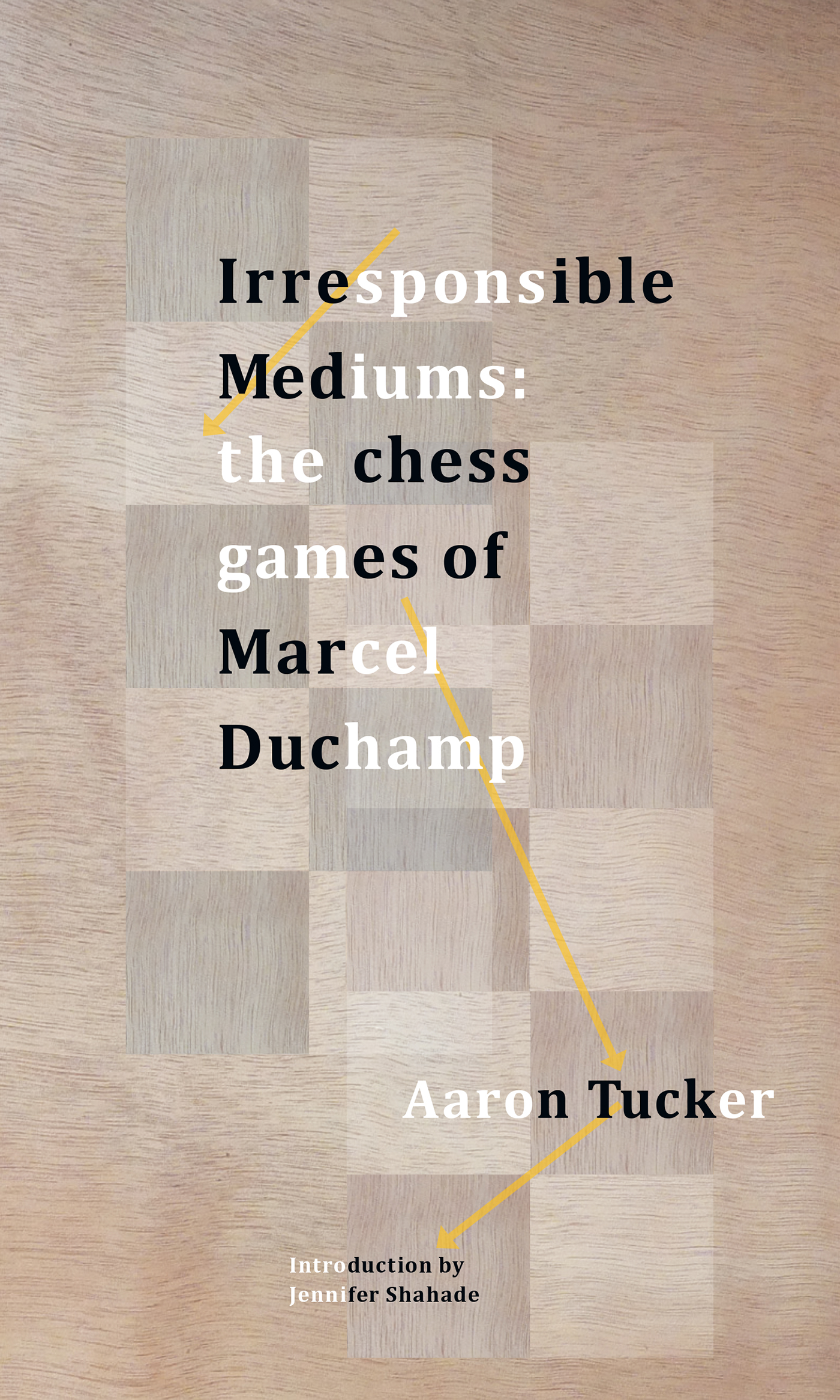

 BookThug acknowledges the land on which it operates. For thousands of years it has been the traditional land of the Huron-Wendat, the Seneca, and most recently, the Mississaugas of the Credit River. Today, this meeting place is still the home to many Indigenous people from across Turtle Island, and we are grateful to have the opportunity to work on this land. All rights reserved.
BookThug acknowledges the land on which it operates. For thousands of years it has been the traditional land of the Huron-Wendat, the Seneca, and most recently, the Mississaugas of the Credit River. Today, this meeting place is still the home to many Indigenous people from across Turtle Island, and we are grateful to have the opportunity to work on this land. All rights reserved. No part of this publication may be reproduced or transmitted in any form or by any means, electronic or mechanical, including photocopying, recording, or any information storage or retrieval system, without permission in writing from the publisher. library and archives canada cataloguing in publication Tucker, Aaron, 1982, author
Irresponsible mediums : the chess games of Marcel Duchamp / Aaron Tucker. First edition. Poems.
Issued in print and electronic formats.
softcover: ISBN 978-1-77166-334-2
html: ISBN 978-1-77166-335-9
pdf: ISBN 978-1-77166-336-6
kindle: ISBN 978-1-77166-337-3 I. Title. PS8639.U25I77 2017 C811.6 C2017-906178-X C2017-906179-8
In teaching adult students chess, this visual aspect is often the hardestbecause they are so anxious for verbal cues and shortcuts. In moments where visualization leads one in circles, words are the evacuation valve. Chess and poetry also share some of the same language; Grandmasters use the term lines to refer to plans or series of exchanges that didnt happen in the game but were visualized and anticipated. One of my favourite Marcel Duchamp games, though not one of his most celebrated, is a loss against the Romanian Master George Davidescu at the Paris Olympiad in 1924. Most of the beautiful and paradoxical moments in chess occur not in the actual game, but in the variations around the game, recalling Heideggers assertion that the possible ranks higher than the actual.  [Credit: Dancer Gabrielle Revlock, photo by Daniel Meirom] That Duchamp game against Davidescu was the centrepiece of Hula Chess, which I created with Daniel Meirom.
[Credit: Dancer Gabrielle Revlock, photo by Daniel Meirom] That Duchamp game against Davidescu was the centrepiece of Hula Chess, which I created with Daniel Meirom.  [Credit: Dancer Gabrielle Revlock, photo by Daniel Meirom] That Duchamp game against Davidescu was the centrepiece of Hula Chess, which I created with Daniel Meirom.
[Credit: Dancer Gabrielle Revlock, photo by Daniel Meirom] That Duchamp game against Davidescu was the centrepiece of Hula Chess, which I created with Daniel Meirom.
In the video installation, I simultaneously hula-hooped and played chess against dancer and artist Gabrielle Revlock. Though Duchamp lost the actual game, the video installation ends with a circular variation that Duchamp could have chosen, leading to a draw by perpetual check (each side scores one half of the full point up for grabs). In perpetual check, one side repeatedly checks the opponents king, but is unable to finish the job with a checkmate. Any deviation from the repetition in this case (and many other cases of perpetual check) actually results in a loss for the checking side, so the game is agreed drawn. I see perpetual check as an infinite game. When Aaron Tuckers ChessBard translates the Duchamp-Davidescu, it ends with: carves this sandy spoon.
This line, like Hula Chess reminds me of the tension which draws me to chess, between the linear brute force analysis within a specific game and the feminine cyclical nature of the game in its history. We still repeat openings that were popularized in the 1500s.  After 1. Kg1, Black continues with 1.... Rd1+ 2. Kg2 Rd2+ and so on [Credit: Chess diagram generated using chessbase] One of Duchamps most famous games is also about circles versus lines.
After 1. Kg1, Black continues with 1.... Rd1+ 2. Kg2 Rd2+ and so on [Credit: Chess diagram generated using chessbase] One of Duchamps most famous games is also about circles versus lines.
Duchamp played a totally naked Eve Babitz in 1963 during his retrospective exhibition at the Pasadena Art Museum. In an interview with Vanity Fair, Babitz said, ... that was the one time in my life I was on birth-control pills. My breasts blew up. They wouldnt fit into any of my dresses. And they, you know, they hurt.
But they werewell, I thought they should be photographed, really. There is no surviving gamescore for the ChessBard to translate, but Duchamp did win. I reversed this image for a piece called Naked Chess in which I played against a naked man, an amateur player.  [Credit: Naked Chess Still by Daniel Meirom, director of photography Blake Eichenseer] For the shoot, we used one of Marcel Duchamps true gems of a gamehis win over E.H. Smithexcept we extended the game out to its most natural checkmate. This game is one of my favourites from Duchamp because it features a crushing exchange sacrifice.
[Credit: Naked Chess Still by Daniel Meirom, director of photography Blake Eichenseer] For the shoot, we used one of Marcel Duchamps true gems of a gamehis win over E.H. Smithexcept we extended the game out to its most natural checkmate. This game is one of my favourites from Duchamp because it features a crushing exchange sacrifice.
This type of exchange is translated more beautifully from the French as a sacrifice of quality, and entails giving up a rook (usually worth about five pawns) for a knight or bishop, both usually worth about three pawns. In this case, Duchamps bishop is more valuable than a rook anyway, cutting through the board like a knife through moist cake. This allows a final checkmate on h8 from the queen in our rendition. 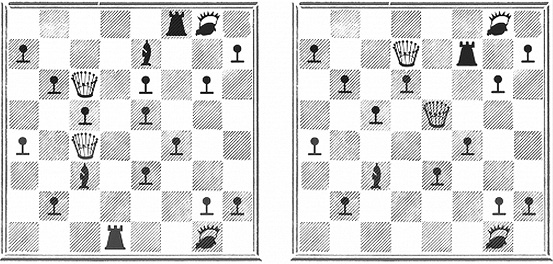 Position after 19. g6 vs. Final Position [Credit: Diagrams were originally printed in Marcel Duchamp: The Art of Chess (2009) by Francis M.
Position after 19. g6 vs. Final Position [Credit: Diagrams were originally printed in Marcel Duchamp: The Art of Chess (2009) by Francis M.
Naumann and Bradley Bailey, published by Readymade Press.] Although the Smith game is not featured in this volume, I used the online ChessBard translator at chesspoetry.com to find this line from the game: central diagonal, estimated instant mimes. One of the things that attracts me to the ChessBard project is that anyone can turn their favourite games into poems. Though I never had a chance to play Duchamp myself, I lived vicariously through the twists and turns of his 1929 Paris game against Vera Menchik, seven-time Womens World Champion. Menchik was the first woman to compete at the highest levels of professional chess, and she held her own. It was then so unusual for a woman to perform at that level that a Vera Menchik Club was formed of her victims. Menchik died in the London Blitz in 1944, toward the end of World War II.
Font size:
Interval:
Bookmark:
Similar books «IRRESPONSIBLE MEDIUMS: the chess games of marcel duchamp»
Look at similar books to IRRESPONSIBLE MEDIUMS: the chess games of marcel duchamp. We have selected literature similar in name and meaning in the hope of providing readers with more options to find new, interesting, not yet read works.
Discussion, reviews of the book IRRESPONSIBLE MEDIUMS: the chess games of marcel duchamp and just readers' own opinions. Leave your comments, write what you think about the work, its meaning or the main characters. Specify what exactly you liked and what you didn't like, and why you think so.

